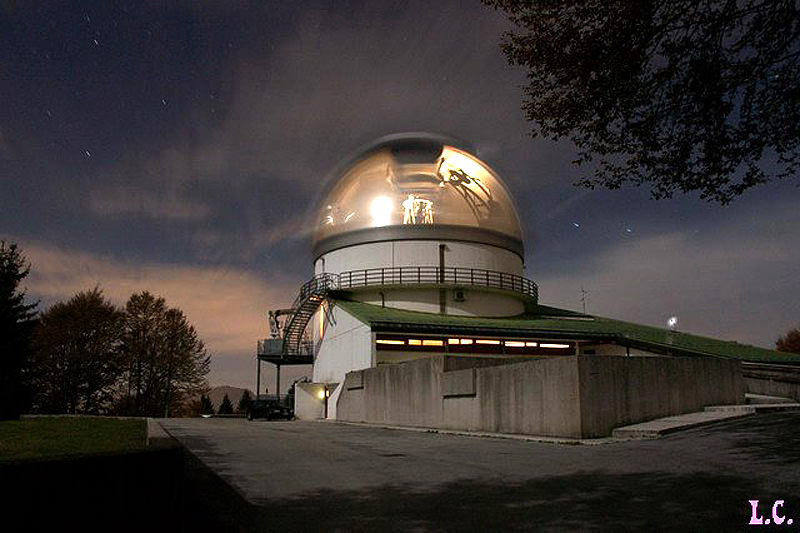New observations confirm that young Nathan Gray’s discovery is indeed a supernova explosion, albeit a rather peculiar one. Nathan Gray, age 10, discovered a new cosmic source on October 30th that emerged in the constellation of Draco, and it was subsequently classified as a supernova candidate. Evidence available at the time was sufficiently convincing that Nathan was promptly heralded as the youngest individual to discover a supernova.
The discovery garnered world-wide attention, however, confirmation via a spectrum from a large telescope was necessary to unambiguously identify the target as a supernova. In addition, that observation would enable astronomers to determine the supernova class and identify the progenitor of the exploding star. In other words, was the star initially comparable in mass to the Sun and a member of a binary system, or was the original star significantly more massive and a neutron star is potentially all that remains?
The new observations were acquired by Lina Tomasella and Leonardo Tartaglia of the Padova-Asiago Supernova Group, and imply that the supernova stems from a star significantly more massive than the Sun. Andrea Pastorello, a member of that group, noted that the target’s spectrum displays the presence of hydrogen (specifically H-alpha emission), which rules out the scenario of a lower-mass progenitor in a binary system (those are classified as type Ia).
Features present in the observations led the astronomers to issue a preliminary supernova classification of type II-pec (peculiar). The blue spectral continuum is typical of a type IIn supernova, but the expansion velocity inferred from the hydrogen line (3100 km/s) is an order of magnitude larger than expected, which motivated the team to issue the aforementioned classification. Pastorello further noted that the target is somewhat similar to SN 1998s, and in general type II supernovae exhibit heterogeneous observational properties.

Nathan had been scanning astronomical images sent by David J. Lane (Saint Mary’s University) for months, and identified some potential sources that proved to be false detections or previous discoveries. However, the Padova-Asiago Supernova Group has now confirmed that isn’t the case this time. Indeed, the discovery means that Nathan officially unseats his sister Kathryn as the youngest person to discover a supernova, yet she is elated for her bother (see Nancy Atkinson’s article regarding Kathryn’s discovery).
Nathan, his sister, and parents Paul and Susan, formed a supernova search team in partnership with Lane. The original discovery images were obtained from the Abbey Ridge Observatory, which is stationed in Lane’s backyard.
Those desiring additional information on supernovae will find the videos below pertinent.


Yay Canada! What a family, with two of the kids being recognized as the youngest to find a supernova. Awesome!
And people complain about kids staying in the house instead of going outside to play.
Small typo … “elated for her bother…”
The next great astronomer! Well done, young man. Well done.